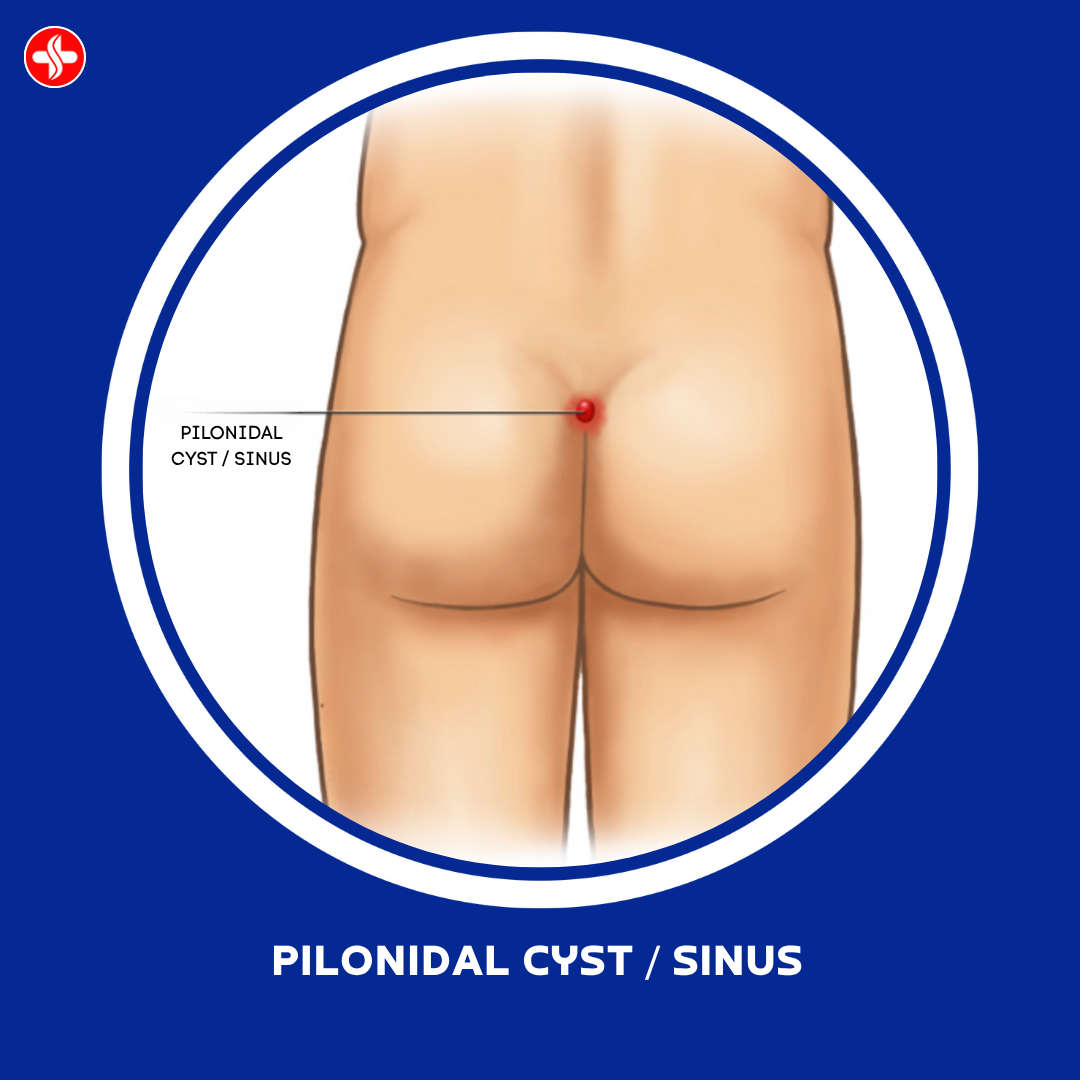Introduction:
Undergoing surgery is a significant medical event that requires careful planning and consideration, and a crucial aspect of this process is the administration of anesthesia. Anesthesia plays a pivotal role in ensuring a patient’s comfort and safety during surgery by inducing a temporary state of unconsciousness, analgesia (pain relief), and muscle relaxation. In this blog post, we will explore the various types of anesthesia commonly used before surgery, shedding light on their unique characteristics and applications.
1. General Anesthesia:
General anesthesia is perhaps the most well-known type, inducing a reversible state of unconsciousness in the patient. It is commonly used for major surgeries and procedures, allowing the patient to remain completely unaware and unresponsive throughout the operation. Anesthesia providers carefully monitor vital signs to ensure the patient’s safety and well-being.
2. Regional Anesthesia:
Regional anesthesia targets a specific region of the body, numbing the area and providing pain relief during a surgical or medical procedure. Common types include epidural and spinal anesthesia, often used in obstetric procedures, orthopedic surgeries, and certain pain management interventions. Regional anesthesia offers the advantage of reduced systemic side effects compared to general anesthesia.
3. Local Anesthesia:
Local anesthesia is administered to a small, specific part of the body to block sensation in that area. This type of anesthesia is commonly used for minor surgical procedures, dental work, and dermatological interventions. It is often injected near the site of the procedure or applied topically to numb the targeted area.
4. Conscious Sedation:
Conscious sedation, also known as procedural sedation or twilight anesthesia, involves administering medications to induce a state of relaxation and reduced awareness. The patient remains conscious but is less responsive to external stimuli. This type of anesthesia is often employed for minor surgeries, diagnostic procedures, and interventions where a deeper level of sedation is required.
5. Local Anesthesia with Sedation:
In certain cases, a combination of local anesthesia and sedation may be used to enhance patient comfort and manage anxiety. This approach allows for pain control in the specific area of the procedure while ensuring the patient is relaxed and less aware of the surroundings.
6. Monitored Anesthesia Care (MAC):
Monitored Anesthesia Care involves the administration of anesthesia while continuously monitoring the patient’s vital signs. This type of anesthesia is commonly used for procedures that do not require complete unconsciousness but necessitate pain management and patient monitoring.
Conclusion:
The choice of anesthesia depends on various factors, including the type and duration of the surgery, the patient’s overall health, and their preferences. Anesthesiologists carefully assess each case to determine the most suitable type of anesthesia, ensuring the patient’s safety and comfort throughout the surgical process. Understanding the different types of anesthesia empowers patients to engage in informed discussions with their healthcare providers, fostering a sense of confidence and trust as they embark on their surgical journey.




